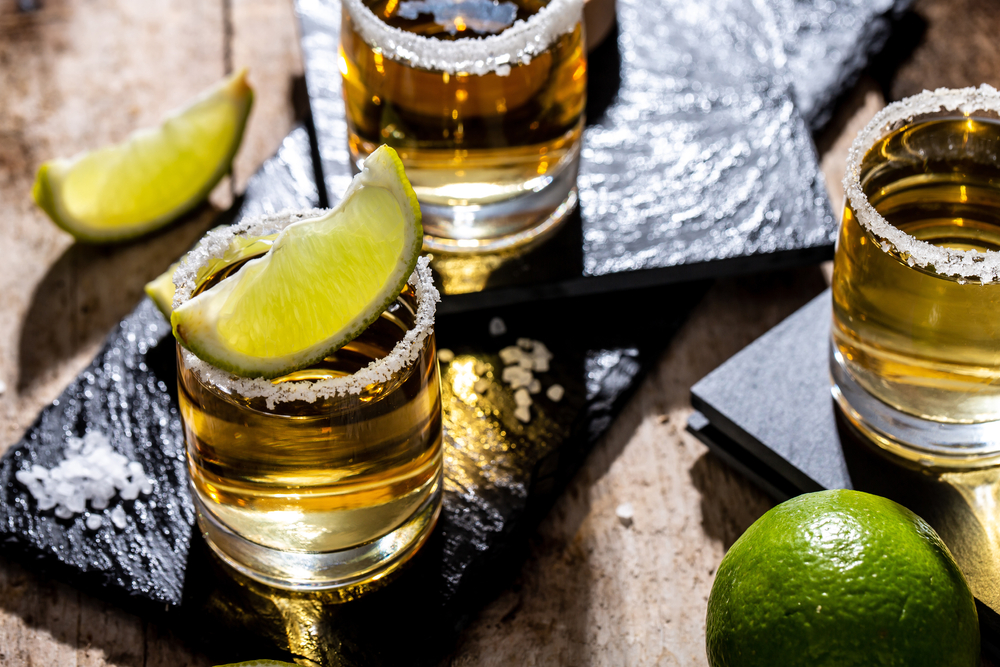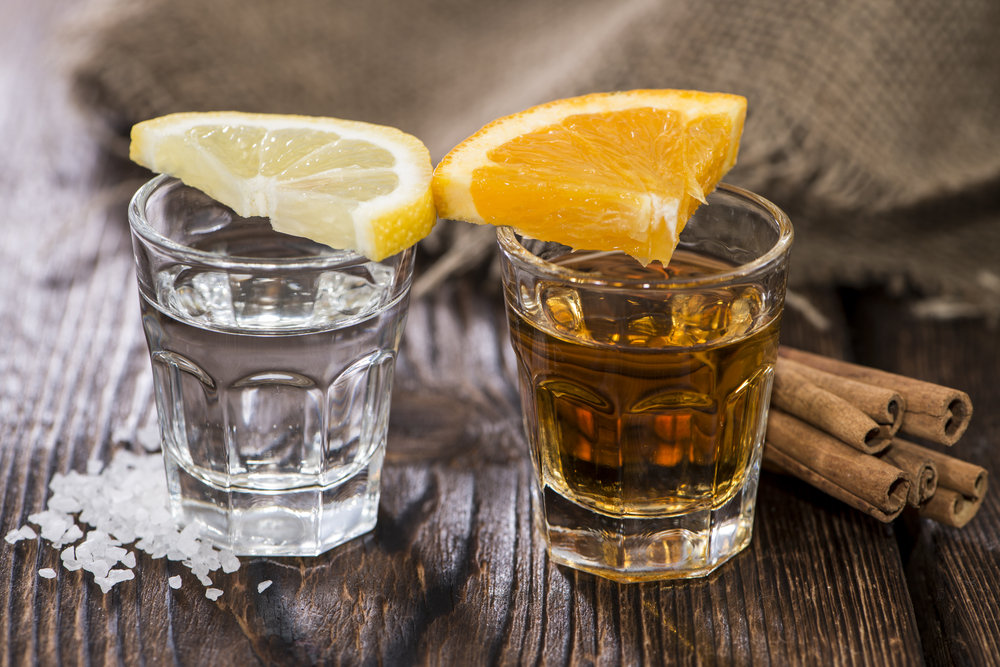As a whiskey enthusiast, I am often asked, “What does whiskey taste like?” It’s a question that can be difficult to answer because whiskey can have a wide range of flavors and aromas depending on the type, age, and production process.
However, there are some general characteristics that most whiskeys share.
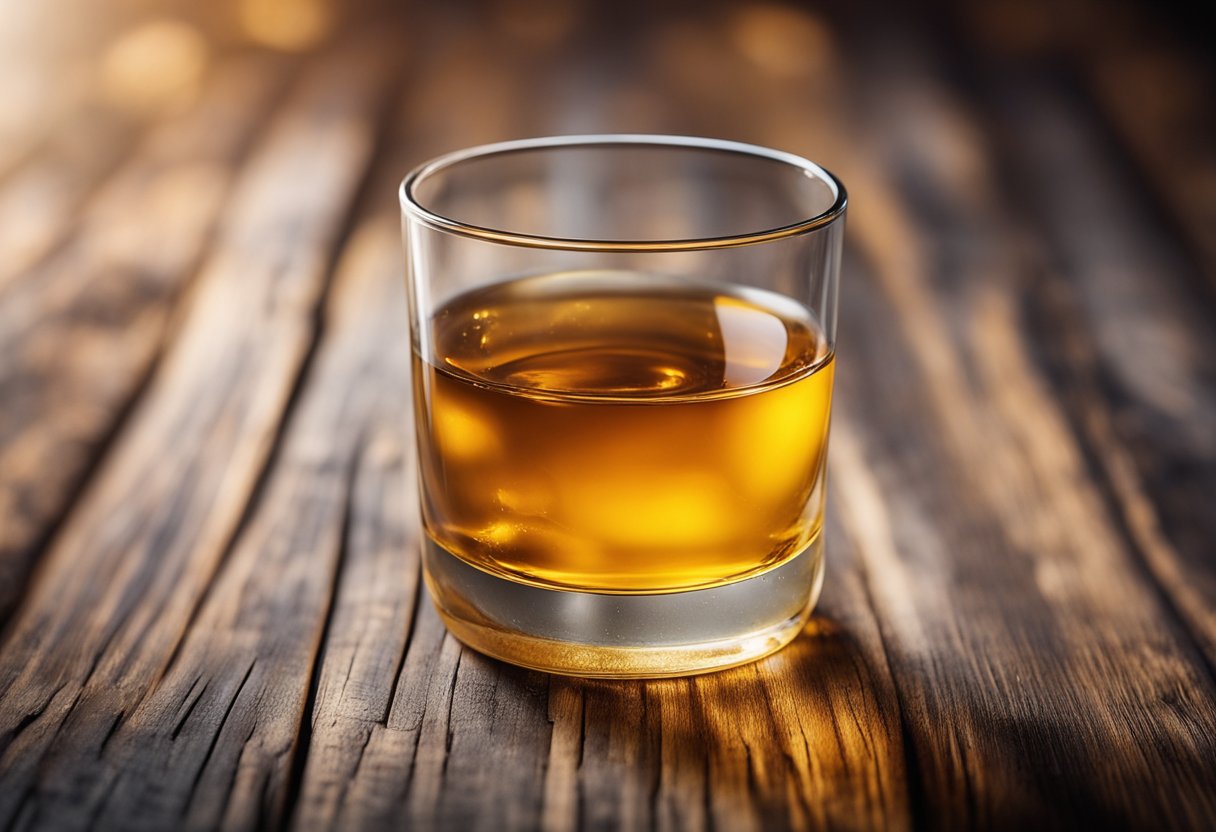
Understanding whiskey is the first step in answering this question. Whiskey is a distilled spirit made from fermented grain mash.
The type of grain used, the aging process, and the distillation method all play a role in the final flavor of the whiskey. There are many different types of whiskey, including Scotch, bourbon, rye, and Irish whiskey, each with their own unique flavor profile.
Key Takeaways:
- Whiskey is a distilled spirit made from fermented grain mash and the type of grain used, the aging process, and the distillation method all play a role in the final flavor of the whiskey.
- There are many different types of whiskey, including Scotch, bourbon, rye, and Irish whiskey, each with their own unique flavor profile.
- Whiskey can have a wide range of flavors and aromas depending on the type, age, and production process.
Understanding Whiskey
As a whiskey enthusiast, I have tasted various types of whiskey and have come to appreciate their unique tastes. Whiskey is a popular alcoholic beverage that is distilled from fermented grains such as barley, corn, rye, or wheat.
The taste of whiskey can be complex and nuanced, with a variety of flavors and aromas that can vary depending on the type of whiskey and how it’s made.
One of the most important factors that affect the taste of whiskey is the type of whiskey. There are many types of whiskey, including Scotch, Irish, Bourbon, Rye, Wheat, Japanese, Canadian, and Tennessee whiskey. Each type of whiskey has its own unique taste and flavor profile.
Another factor that affects the taste of whiskey is the distilling process. The distilling process involves heating the fermented grains to a high temperature to extract the alcohol. The alcohol is then condensed and aged in barrels to give it its distinct flavor.
The type of barrel used to age the whiskey also affects its taste. For example, whiskey aged in oak barrels will have a different taste than whiskey aged in sherry or port barrels.
The proof or ABV (alcohol by volume) of whiskey also affects its taste. Whiskey with a higher proof will have a stronger taste and aroma than whiskey with a lower proof.
However, higher proof whiskey may also have a harsher taste and burn when consumed.
In conclusion, understanding the different types of whiskey, the distilling process, and the proof can help you appreciate the unique taste and flavor profile of whiskey.
It’s important to note that everyone’s taste preferences are different, and what one person may find enjoyable, another may not. As with any alcoholic beverage, it’s important to drink responsibly and in moderation.
Different Types of Whiskey
When it comes to whiskey, there are several different types available, each with its unique taste and characteristics. In this section, I will explore some of the most popular types of whiskey and what makes them unique.
Scotch Whiskey
Scotch whiskey is a type of whiskey that is made in Scotland. It is typically made from malted barley and aged in oak casks for at least three years.
Scotch whiskey has a distinct smoky flavor that comes from the peat used to dry the malted barley. There are several different types of Scotch whiskey, including single malt, blended malt, and blended Scotch.
Irish Whiskey
Irish whiskey is another popular type of whiskey that is made in Ireland. It is typically made from a blend of malted and unmalted barley, as well as other grains such as wheat or rye.
Irish whiskey is known for its smooth and mellow taste, which comes from being triple-distilled. There are several different types of Irish whiskey, including single malt, blended, and pot still.
American Whiskey
American whiskey is a broad category that includes several different types of whiskey, including bourbon, rye, and Tennessee whiskey. Bourbon whiskey is made from at least 51% corn and aged in new charred oak barrels.
Rye whiskey is made from at least 51% rye and has a spicy flavor. Tennessee whiskey is similar to bourbon but is filtered through charcoal before being aged.
Japanese Whiskey
Japanese whiskey is a relatively new addition to the whiskey world, but it has quickly gained popularity. It is typically made using a combination of malted and unmalted barley, as well as other grains such as corn or wheat.
Japanese whiskey is known for being smooth and well-balanced, with a delicate flavor that is often compared to Scotch whiskey.
Canadian Whiskey
Canadian whiskey is a type of whiskey that is made in Canada. It is typically made from a blend of grains, including corn, rye, barley, and wheat.
Canadian whiskey is known for being light and smooth, with a sweet and fruity flavor. It is often used in mixed drinks, such as a Canadian whiskey and ginger ale.
In conclusion, there are several different types of whiskey available, each with its unique taste and characteristics.
Whether you prefer the smoky flavor of Scotch whiskey or the sweet and fruity taste of Canadian whiskey, there is a type of whiskey out there for everyone.
Key Ingredients in Whiskey
As a whiskey enthusiast, I know that the flavor of whiskey is determined by its key ingredients. These ingredients include grains, water, and yeast.
The specific type of grain used, the length of aging, and how it’s distilled give each whiskey its distinct flavor.
Grains
Whiskey is primarily made from four types of grains: corn, wheat, rye, and barley. Each of these grains adds a unique flavor profile to the whiskey. Corn, for example, is used in the production of bourbon and gives it a sweet flavor.
Rye, on the other hand, is used in rye whiskey and adds a spicy flavor to the drink. Barley is used in the production of Scotch whiskey and gives it a distinct malty flavor.
Malted Barley
Malted barley is a key ingredient in the production of most types of whiskey. It is barley that has been allowed to germinate and then dried in a kiln.
This process converts the starch in the barley into sugar, which is essential for fermentation. Malted barley also adds a distinct flavor to the whiskey, which can range from sweet to nutty.
Water
Water is an essential ingredient in the production of whiskey. The quality of the water used can have a significant impact on the flavor of the final product.
Distilleries often use water from local sources, such as rivers or springs, to give their whiskey a unique flavor. In addition, the pH level of the water can affect the flavor of the whiskey.
Yeast
Yeast is another essential ingredient in the production of whiskey. It is added to the mash (a mixture of grains and water) to start the fermentation process.
The type of yeast used can have a significant impact on the flavor of the whiskey. Some distilleries use a specific strain of yeast to give their whiskey a unique flavor profile.
In conclusion, the key ingredients in whiskey are grains, water, malted barley, and yeast. Each of these ingredients contributes to the unique flavor profile of the final product.
As a whiskey enthusiast, I appreciate the importance of these ingredients in creating a high-quality whiskey.
Whiskey Production Process
Whiskey is a distilled spirit made from fermented grain mash. The process of making whiskey involves several steps, each of which contributes to the final taste and character of the spirit.
In this section, I will explain the main steps involved in the production of whiskey.
Mashing
The first step in making whiskey is mashing. This involves mixing ground grains (usually barley, corn, rye, or wheat) with hot water to create a mash.
The mash is then allowed to cool before yeast is added to begin the fermentation process. The type of grain used and the ratio of grains in the mash bill will affect the flavor of the whiskey.
Fermentation
During fermentation, the yeast in the mash converts the sugars in the grains into alcohol. The resulting liquid, called the wash, is then distilled to increase the alcohol content.
The length of fermentation and the type of yeast used can also impact the flavor of the whiskey.
Distillation
Distillation is the process of separating the alcohol from the water and other impurities in the wash. This is done using a still, which heats the wash to create steam that is then condensed back into a liquid.
The resulting liquid is known as “new make” or “white dog” whiskey, and it is clear and high in alcohol content.
Aging
After distillation, the whiskey is aged in barrels made of charred oak. The charred oak barrels contribute to the flavor and color of the whiskey, as well as help to filter out impurities.
The length of time that the whiskey is aged and the type of barrel used can greatly affect its taste and aroma.
In summary, the production process of whiskey involves mashing, fermentation, distillation, and aging. Each step plays a crucial role in determining the final taste and character of the whiskey.
The type of grain used, the length of fermentation, and the type of barrel used for aging are just a few of the factors that can influence the flavor of the whiskey.
Tasting Whiskey
As a whiskey enthusiast, I have tasted many different types of whiskey and have come to appreciate the unique flavors and aromas that each one offers.
Tasting whiskey is an art that requires patience and attention to detail. In this section, I will share some tips on how to taste whiskey and what to look for in terms of aroma, flavor, and finish.
Aroma
When it comes to whiskey tasting, the aroma is just as important as the flavor. To fully appreciate the aroma, hold the glass up to your nose and take a deep breath.
The aroma should be pleasant and inviting. You may notice hints of vanilla, caramel, oak, or smoke. Some whiskeys have a soft and smooth aroma, while others are more intense and sharp.
Flavor
The flavor of whiskey is what most people are interested in. To taste the whiskey, take a small sip and let it sit on your tongue for a few seconds before swallowing.
The flavor should be rich and delicious. You may taste notes of vanilla, caramel, fruit, or spice. Some whiskeys have a bitter or sharp flavor, while others are soft and smooth.
Finish
The finish is the aftertaste that lingers in your mouth after you swallow the whiskey. A good whiskey should have a long and pleasant finish. You may notice hints of oak, smoke, or spice. The finish should be smooth and satisfying.
In conclusion, tasting whiskey is a unique experience that requires patience and attention to detail.
By following these tips, you can fully appreciate the flavors and aromas that each whiskey has to offer. Remember to take your time and savor each sip.
Common Whiskey Flavors
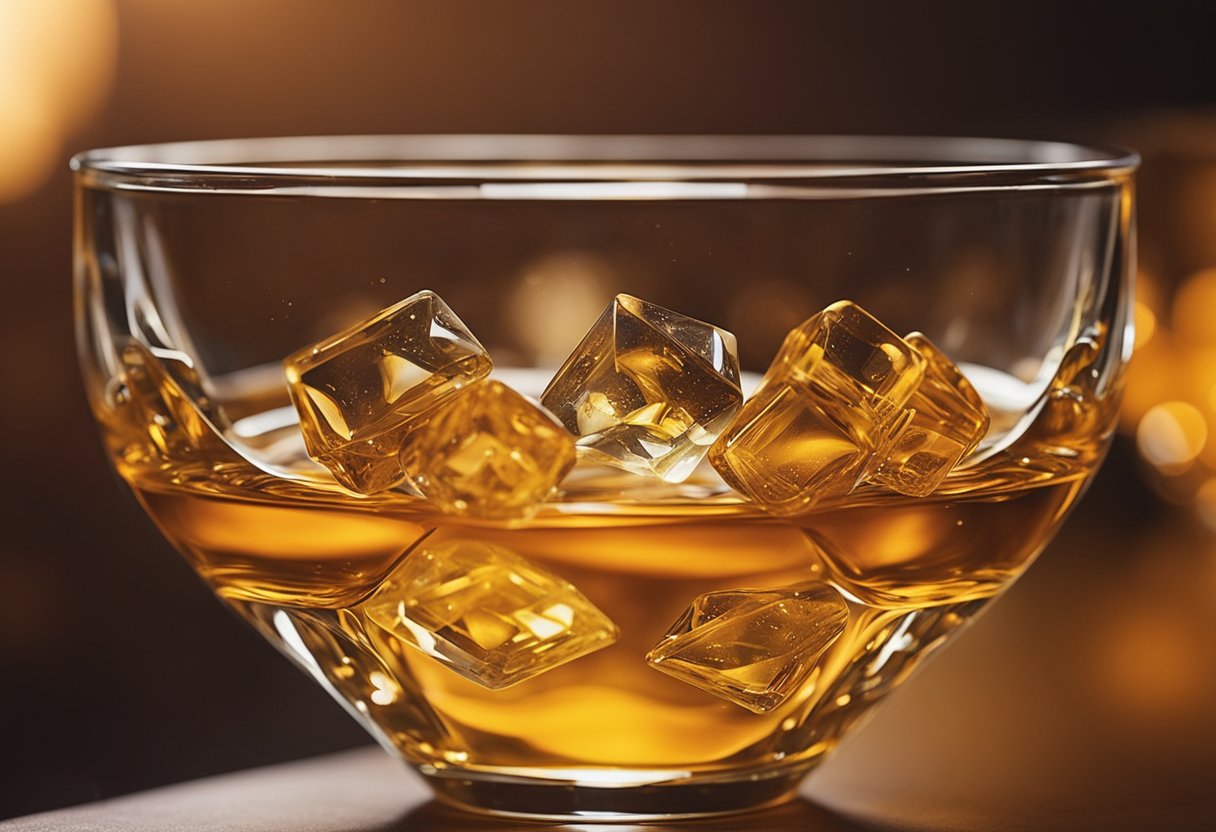
As a whiskey lover, I have tasted various types of whiskey and noticed some common flavors that are present in most of them. Here are some of the most common whiskey flavors:
Caramel
Caramel is a common flavor in whiskey, and it is usually associated with sweetness. It is a result of the caramelization process that occurs during the aging of the whiskey in oak barrels. Caramel gives whiskey a smooth and sweet taste.
Oak
Oak is another common flavor in whiskey. It is usually associated with the woodiness of the whiskey. The oak barrels used for aging whiskey give it a distinct flavor that is often described as woody, nutty, or even spicy.
Vanilla
Vanilla is a flavor that is often present in whiskey, and it is usually associated with sweetness. It is a result of the aging process in oak barrels, which gives the whiskey a smooth and sweet taste.
Fruit
Fruit flavors are also common in whiskey, and they can range from citrus to tart to fruity. Citrus flavors are often found in Irish whiskey, while tart flavors are common in Scotch whiskey. Fruity flavors, on the other hand, are often found in American whiskey.
Spicy
Spicy flavors are also common in whiskey, and they can range from cinnamon to pepper to spice. These flavors are often associated with rye whiskey, which is known for its spicy taste.
Peat
Peat is a flavor that is often associated with Scotch whiskey. It is a result of the drying process of the malted barley, which is dried over peat fires. Peat gives Scotch whiskey a smoky flavor that is often described as earthy or even nutty.
Nutty
Nutty flavors are often associated with whiskey, and they can range from almond to hazelnut to peanut. These flavors are often present in Irish whiskey, which is known for its smooth and nutty taste.
In summary, whiskey can have a variety of flavors, ranging from sweet to spicy to smoky. Understanding these flavors can help you appreciate and enjoy whiskey even more.
Serving Whiskey
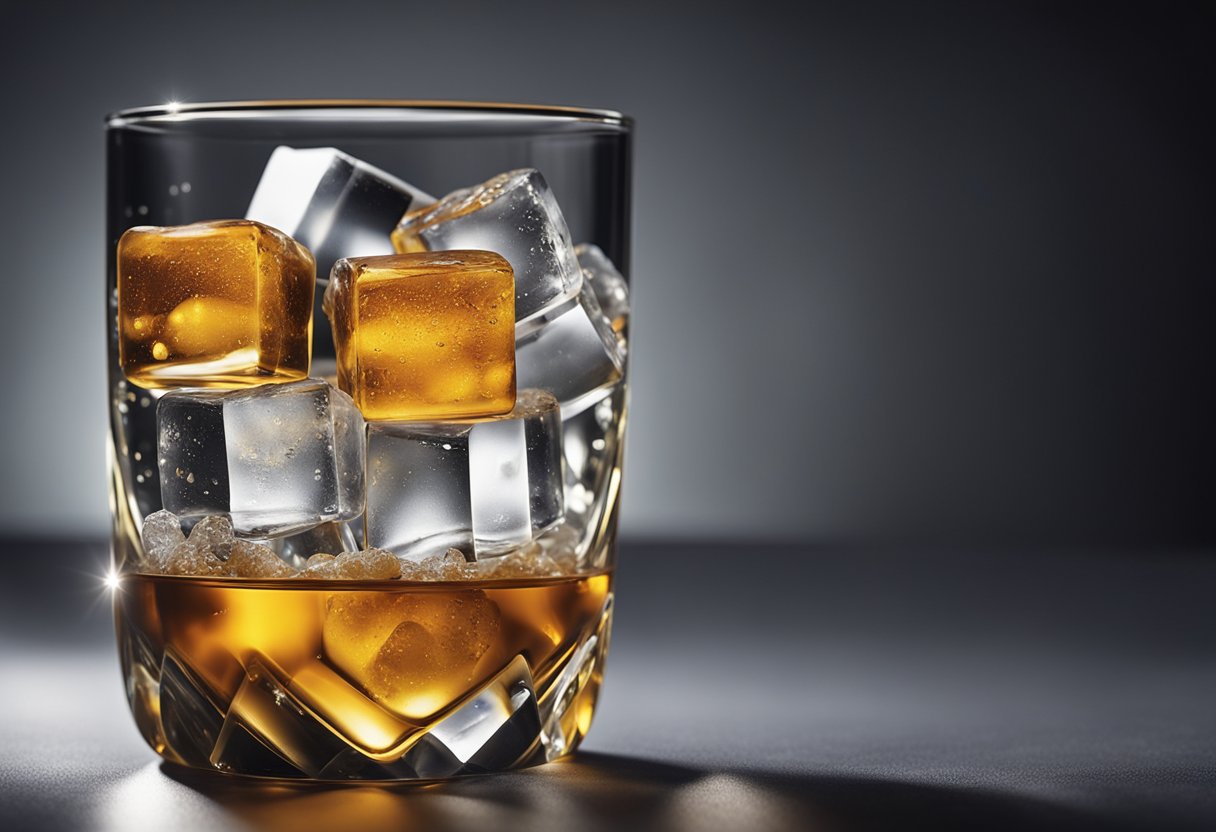
When it comes to serving whiskey, there are a few things to keep in mind to ensure that you’re getting the most out of your drink. Here are some tips to help you serve whiskey like a pro:
Temperature
Whiskey should be served at room temperature, which means you shouldn’t serve it on the rocks. While some people prefer to drink whiskey with ice cubes, this can actually dilute the flavor of the whiskey and change the way it tastes.
Instead, try serving your whiskey neat or with a small amount of water to help open up the flavors.
Glassware
The type of glassware you use can also make a big difference in the way your whiskey tastes. A tulip-shaped glass is ideal for serving whiskey, as it helps to concentrate the aromas and flavors of the whiskey.
If you don’t have a tulip-shaped glass, a rocks glass will also work well.
Cocktails
While many people prefer to drink whiskey neat, there are also a variety of cocktails that you can make with whiskey.
Some popular whiskey cocktails include the Old Fashioned, the Manhattan, and the Whiskey Sour. When making a whiskey cocktail, be sure to use a high-quality whiskey that will complement the other ingredients in the drink.
On the Rocks
If you do prefer to drink your whiskey on the rocks, there are a few things to keep in mind. First, be sure to use large ice cubes that will melt more slowly and won’t dilute the whiskey as quickly.
Second, try to use filtered water to make your ice cubes, as this can help to remove any impurities that could affect the taste of the whiskey.
Overall, serving whiskey is all about finding the right balance between temperature, glassware, and other ingredients. By following these tips, you can ensure that you’re getting the most out of your whiskey and enjoying it to the fullest.
Conclusion
In conclusion, whiskey is a complex and diverse spirit that can have a wide variety of flavors and aromas. The taste of whiskey can vary depending on the type of whiskey, the ingredients used, and the distillation process.
Some whiskeys have a sweet and fruity taste, while others have a smoky and peaty flavor. The aging process can also affect the taste of whiskey, with older whiskeys often having a smoother and more refined taste.
When drinking whiskey, it’s important to take your time and savor the flavors. Adding a few drops of water can help to open up the flavors and aromas, while drinking it straight can provide a more intense and full-bodied experience.
Overall, the taste of whiskey can be an acquired taste, but with a little patience and experimentation, you can discover a whiskey that suits your palate.
Whether you prefer a light and delicate whiskey or a bold and intense one, there is a whiskey out there for everyone to enjoy.
Frequently Asked Questions
What are the different flavors found in whiskey?
Whiskey can have a wide range of flavors depending on factors such as the type of grain used, the aging process, and the region it was produced in.
Some common flavors found in whiskey include caramel, vanilla, oak, smoke, and fruit. Additionally, some whiskeys may have a spicy or herbal taste.
What are the most popular whiskey brands?
There are many popular whiskey brands available, with some of the most well-known being Jack Daniel’s, Jameson, and Johnnie Walker. However, there are also many smaller, craft brands that offer unique and interesting flavors.
How does the taste of whiskey compare to other alcohols?
Whiskey has a distinct taste that sets it apart from other types of alcohol. Compared to beer, wine, or vodka, whiskey tends to have a stronger, more complex flavor profile. It can also be more potent, with a higher alcohol content.
What is the experience of drinking whiskey like?
Drinking whiskey can be a unique and enjoyable experience. The taste and aroma of the whiskey can be savored, and the warming sensation of the alcohol can be felt as it is consumed.
Many people enjoy the ritual of drinking whiskey, such as sipping it slowly and taking time to appreciate the flavors.
Is whiskey supposed to be enjoyed neat or with mixers?
Whiskey can be enjoyed in a variety of ways, depending on personal preference. Some people prefer to drink it neat, meaning without any mixers or ice.
Others may prefer to mix it with soda, ginger ale, or another type of mixer. Some whiskeys are also commonly used in cocktails.
What are the common misconceptions about the taste of whiskey?
One common misconception is that all whiskey tastes the same. In reality, there is a wide range of flavors and styles available.
Additionally, some people may believe that whiskey is always harsh or unpleasant to drink, but this is not necessarily true. With so many different types of whiskey available, there is sure to be a style that appeals to every palate.




